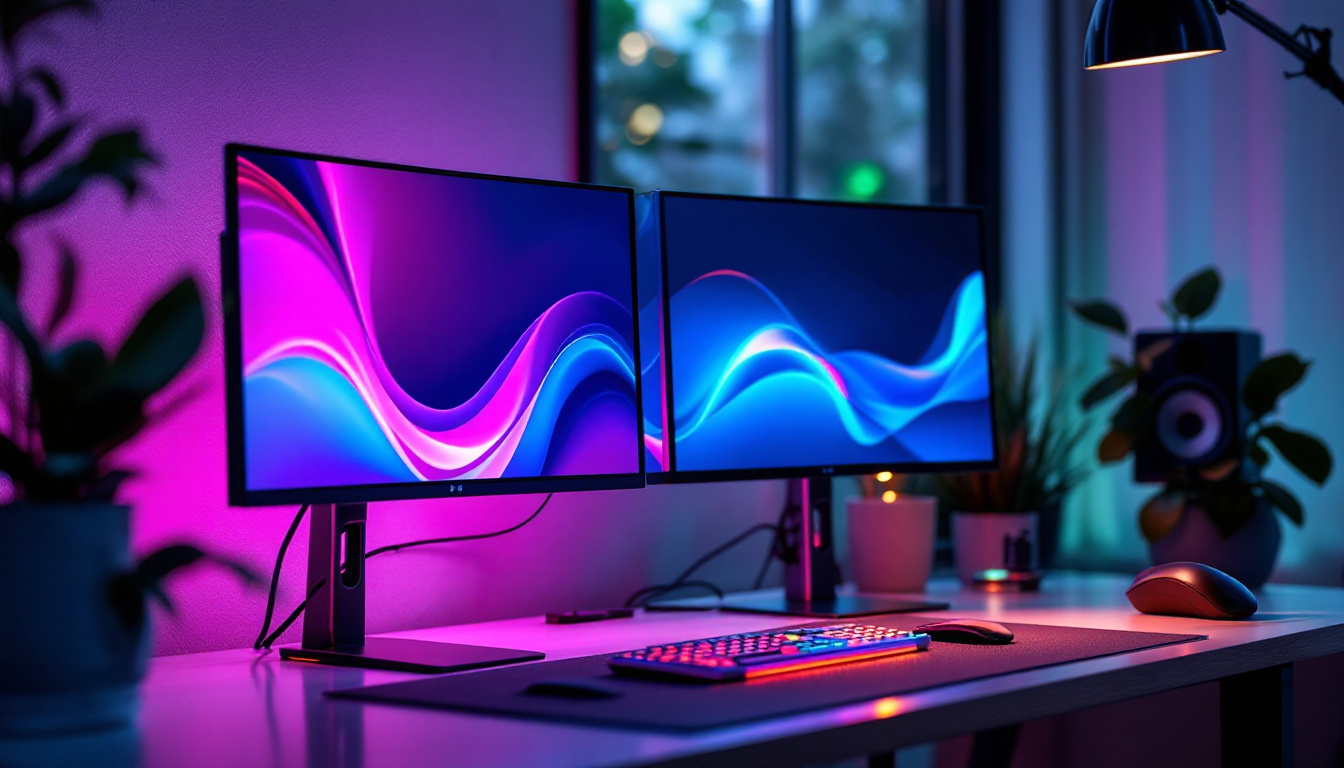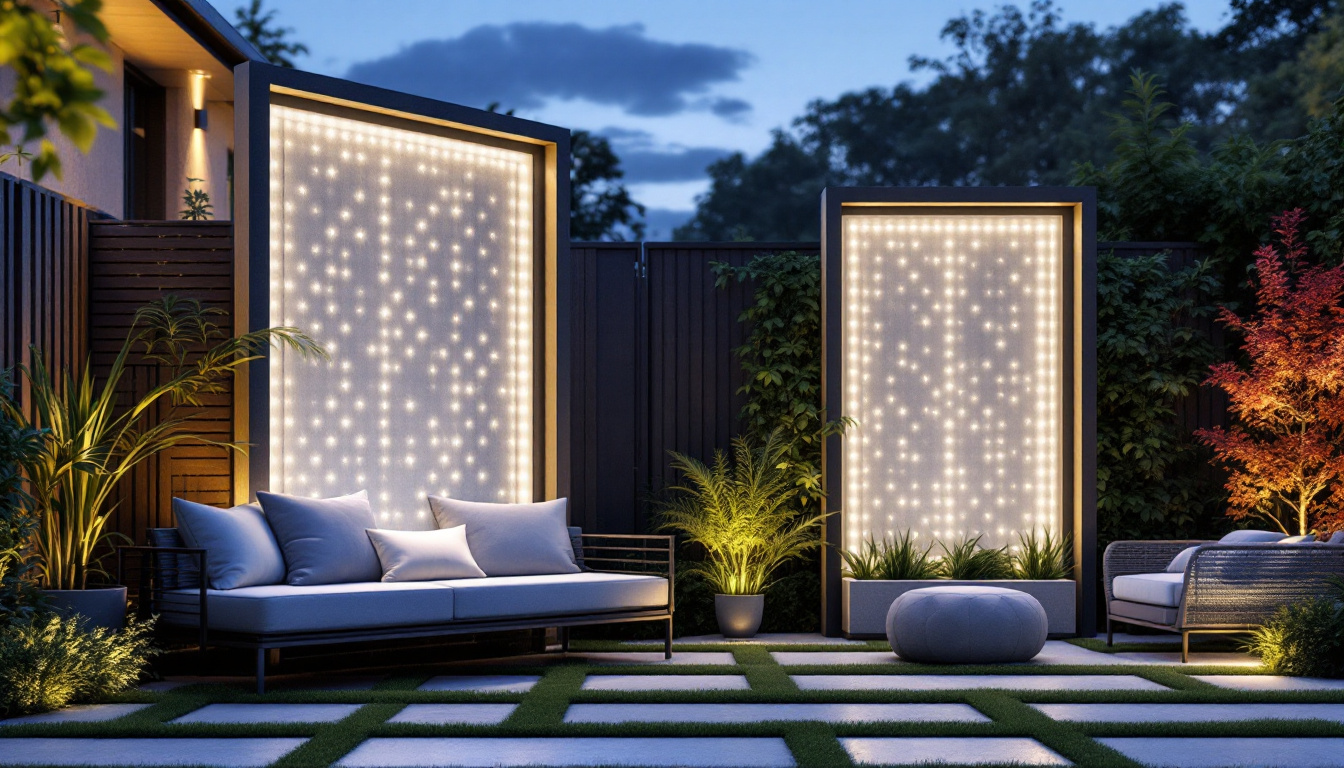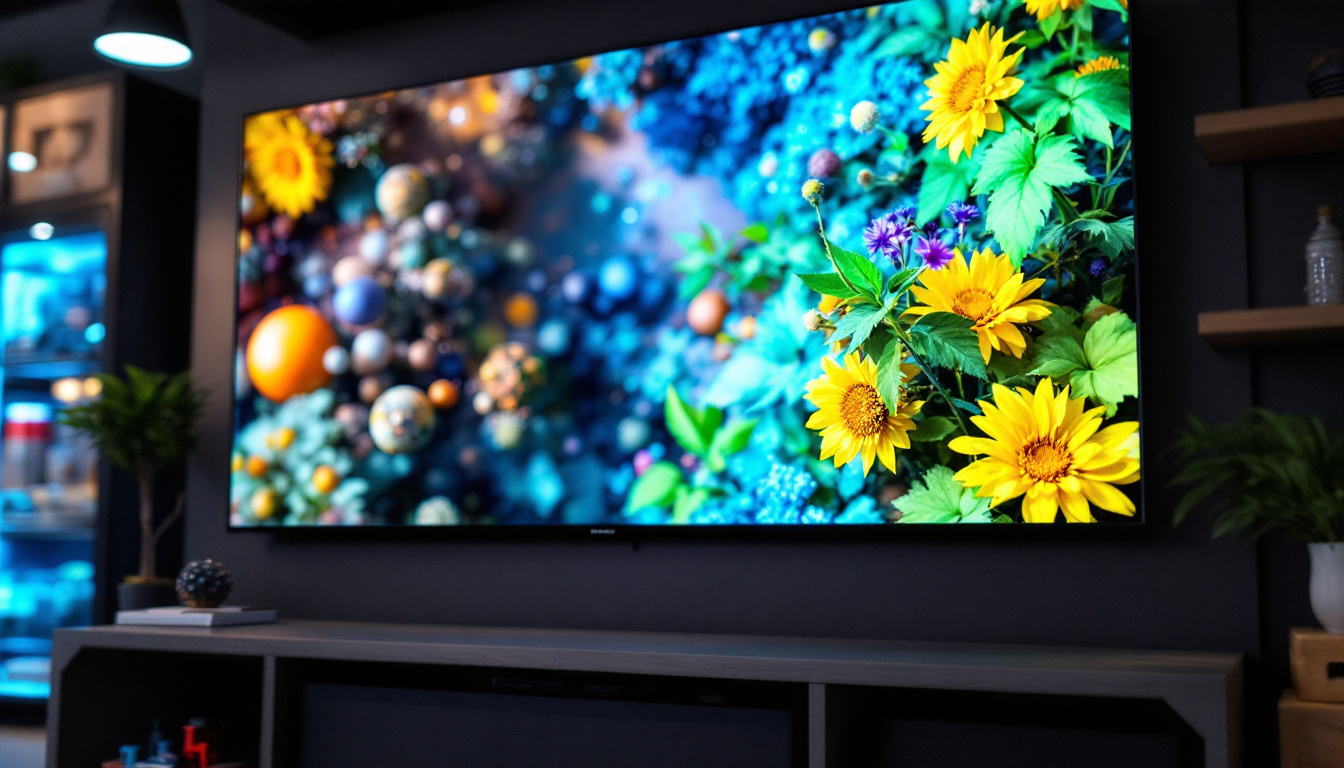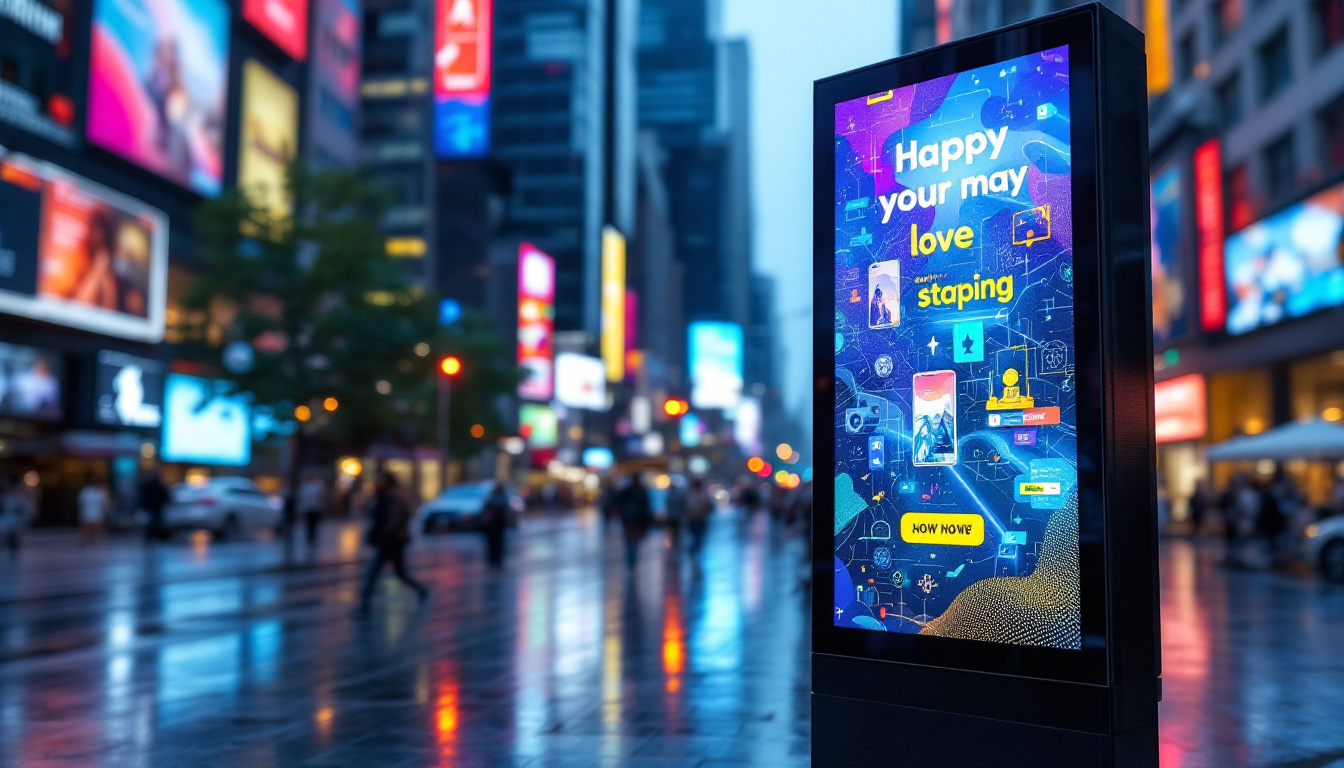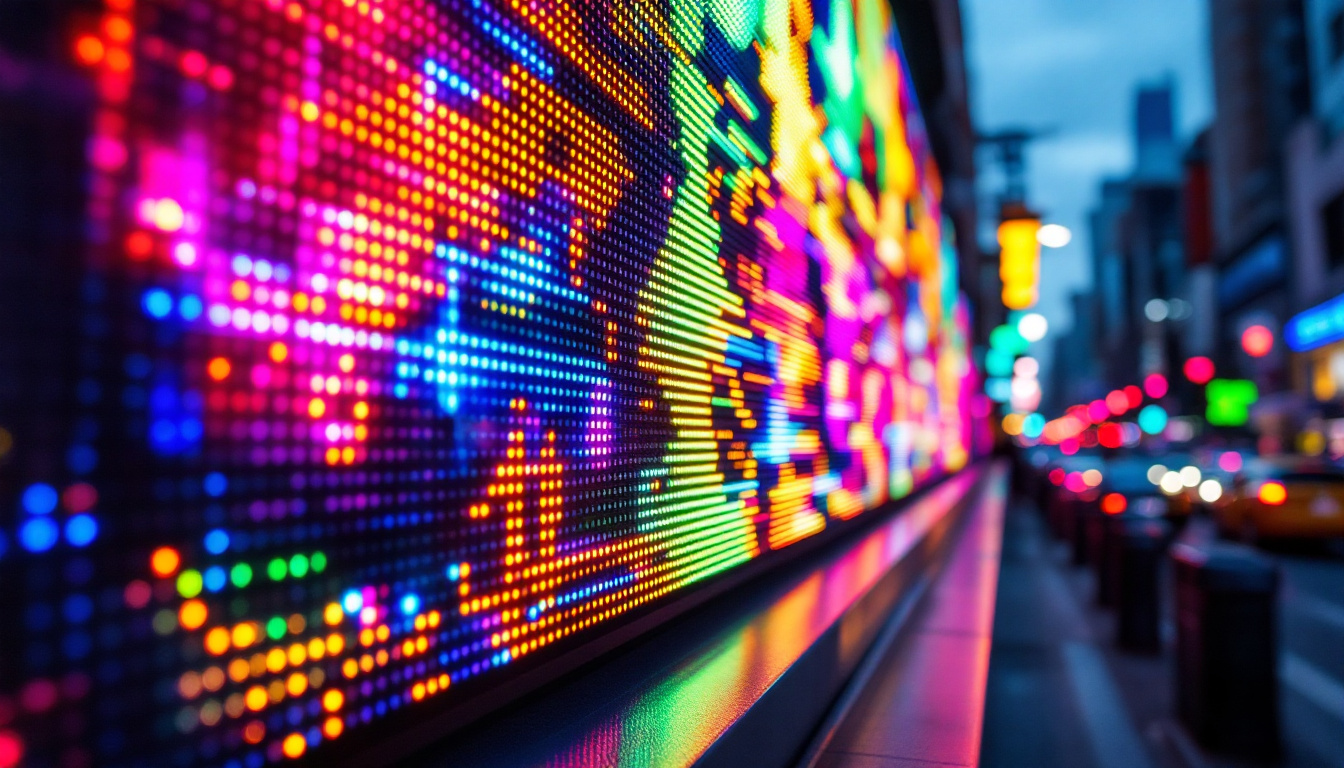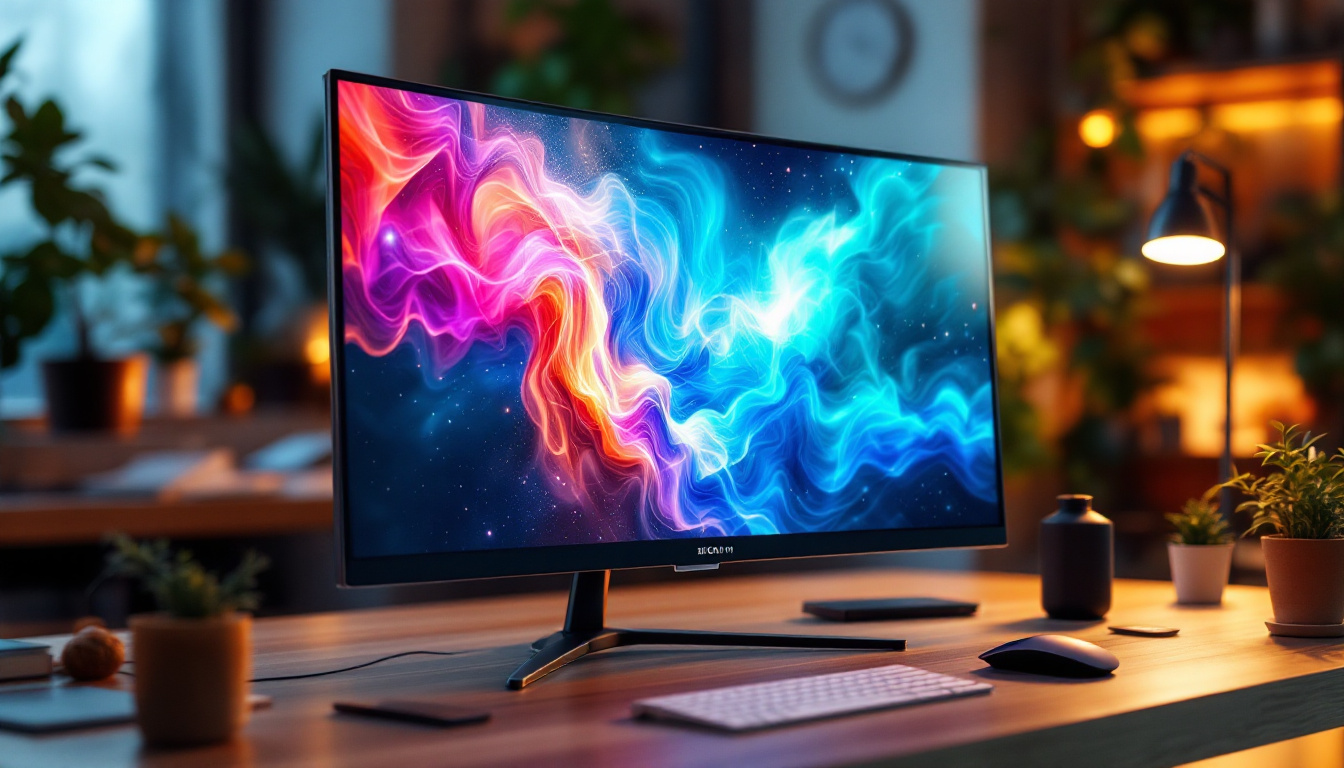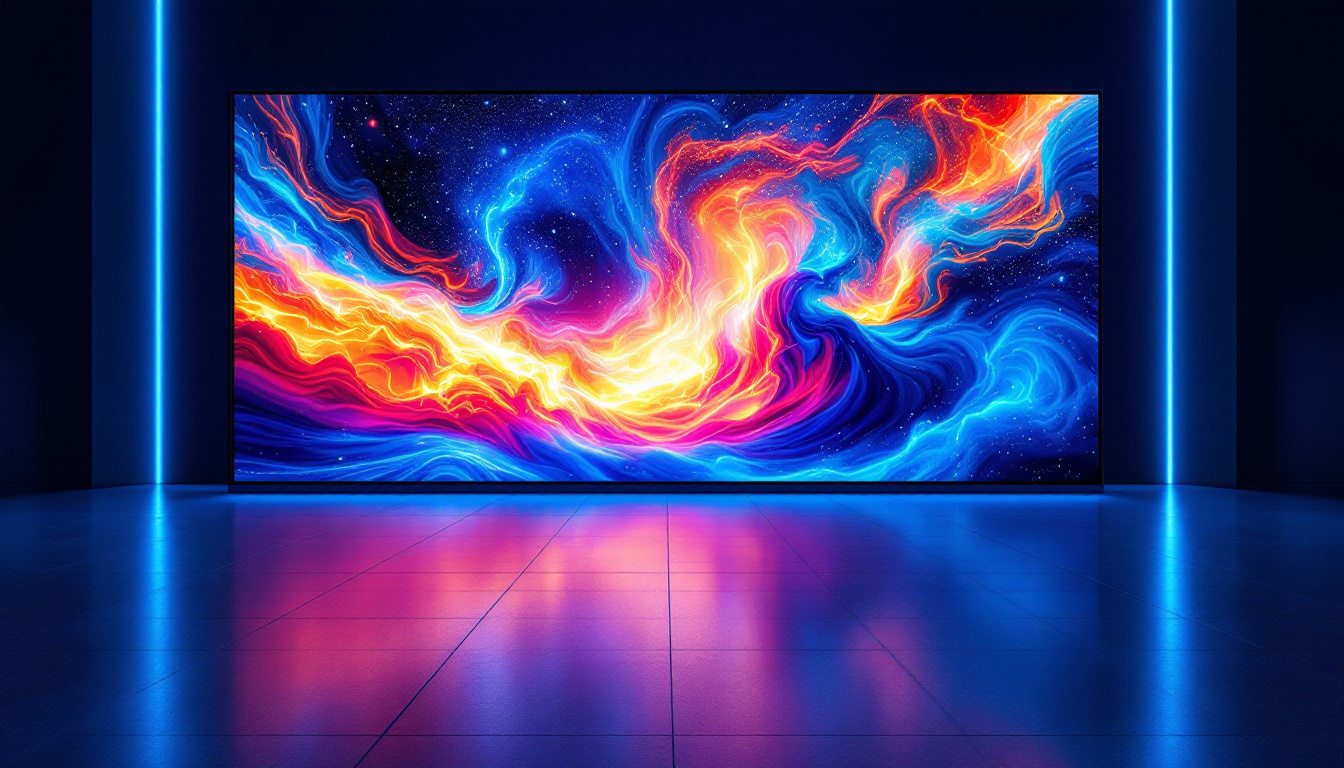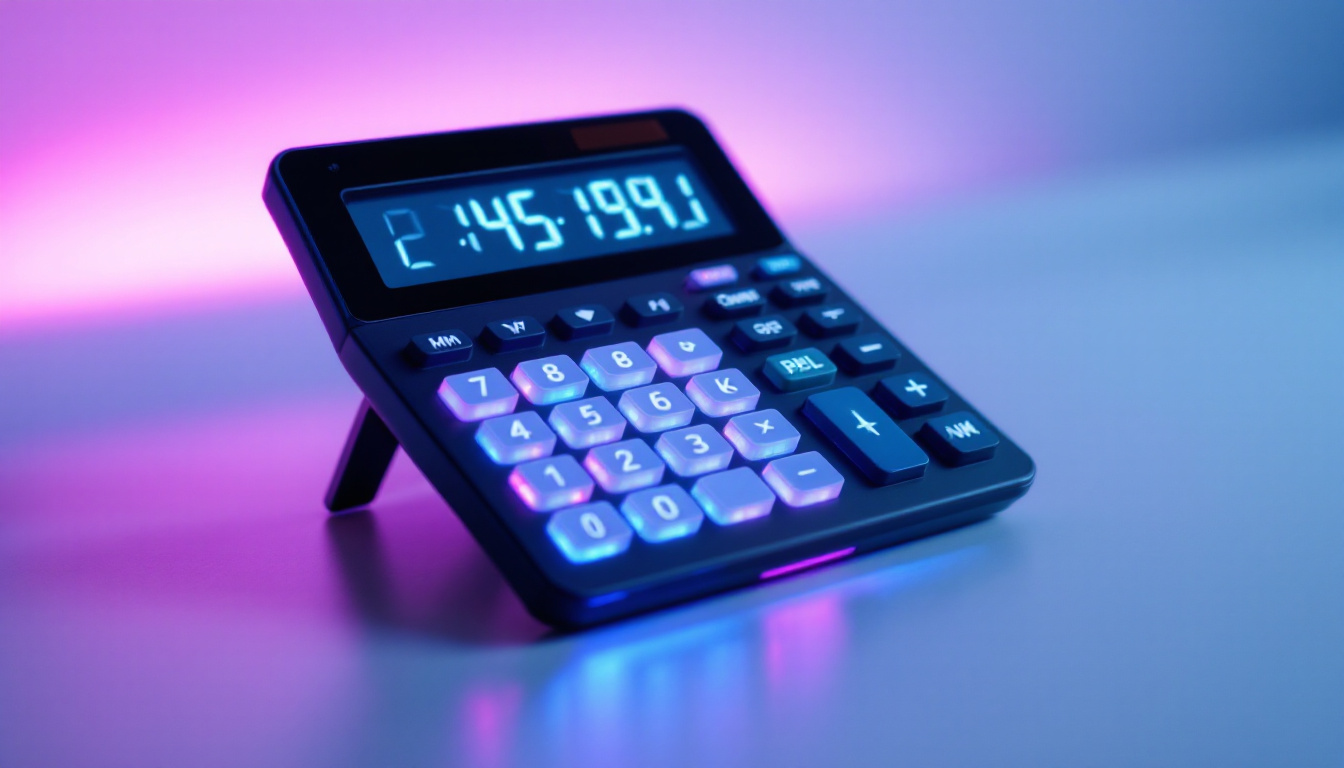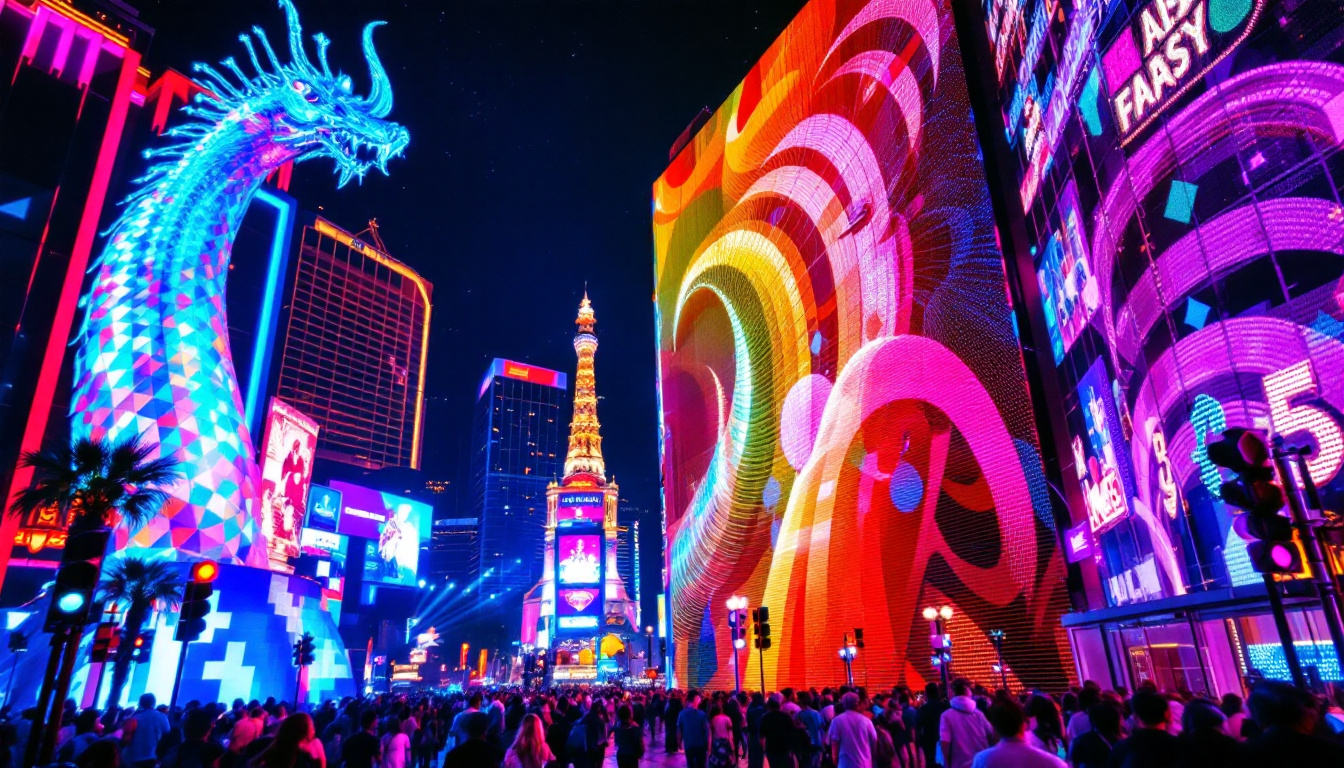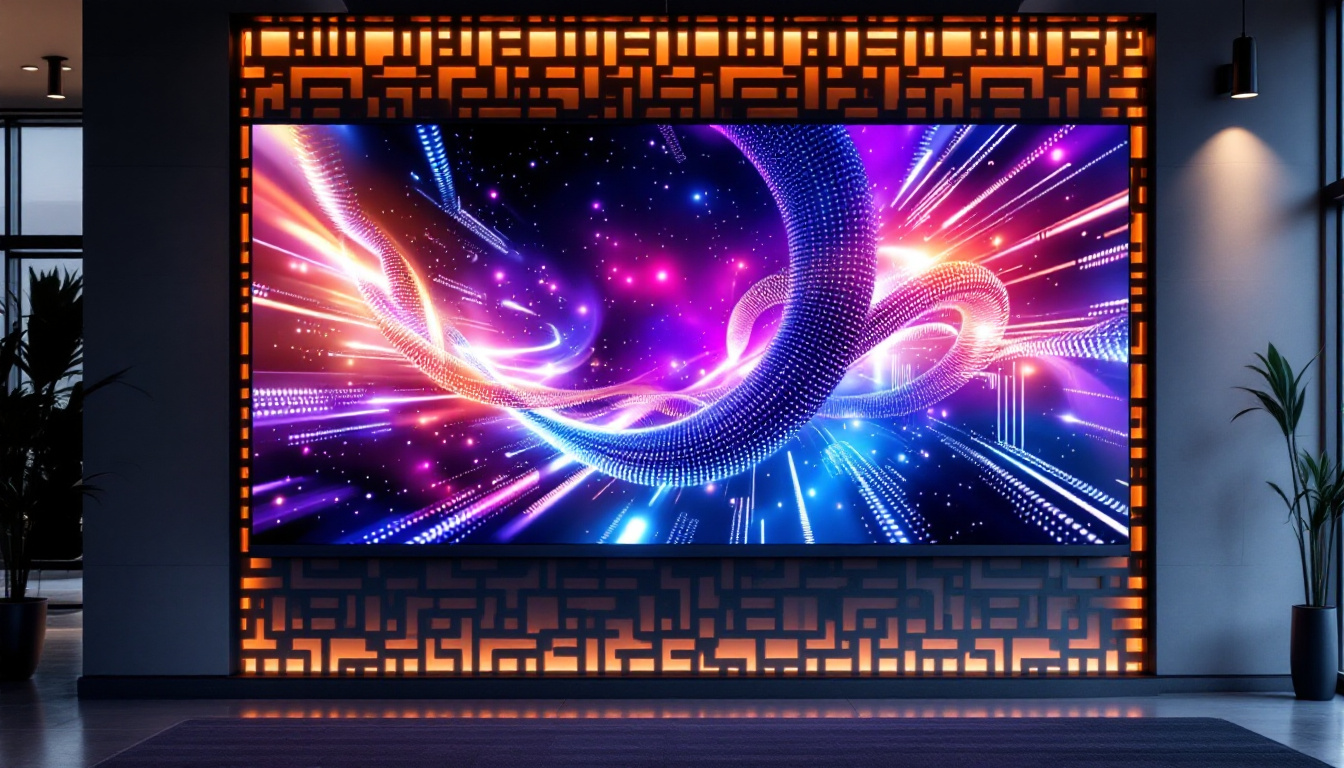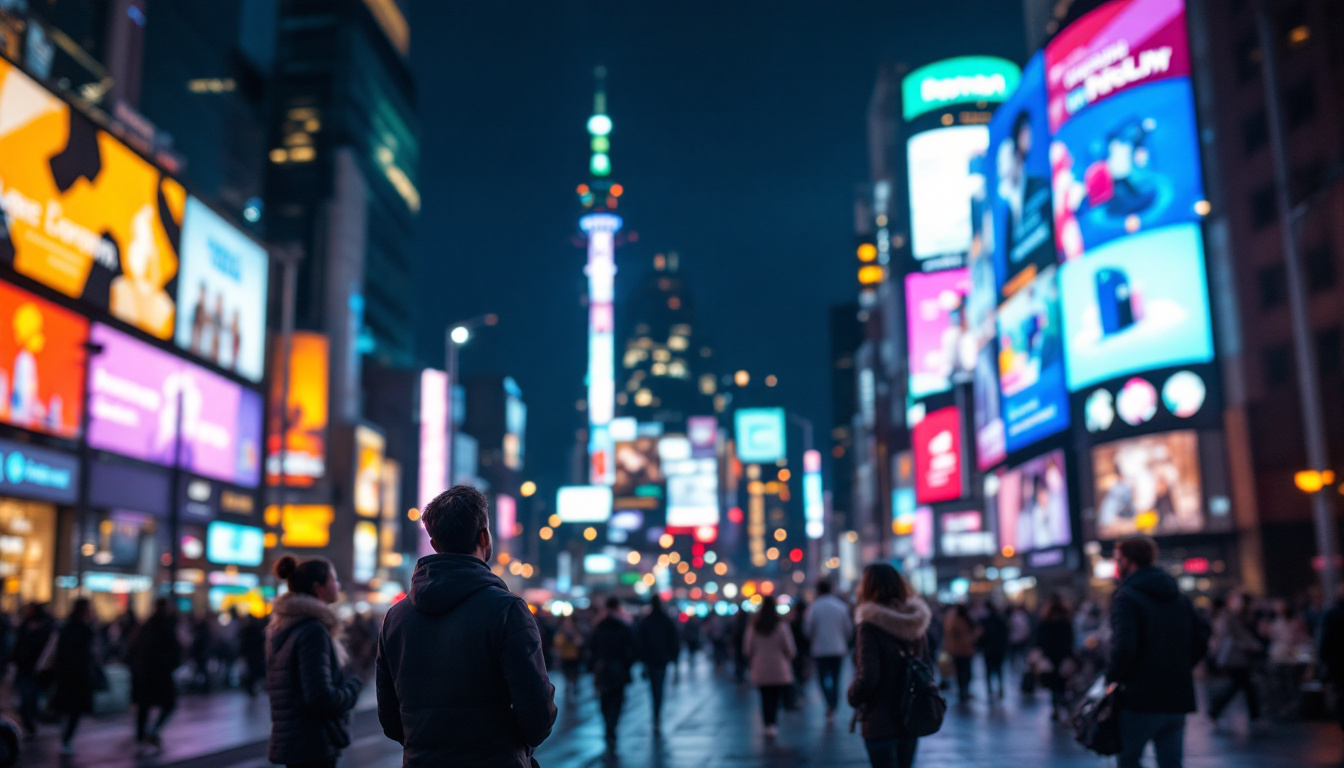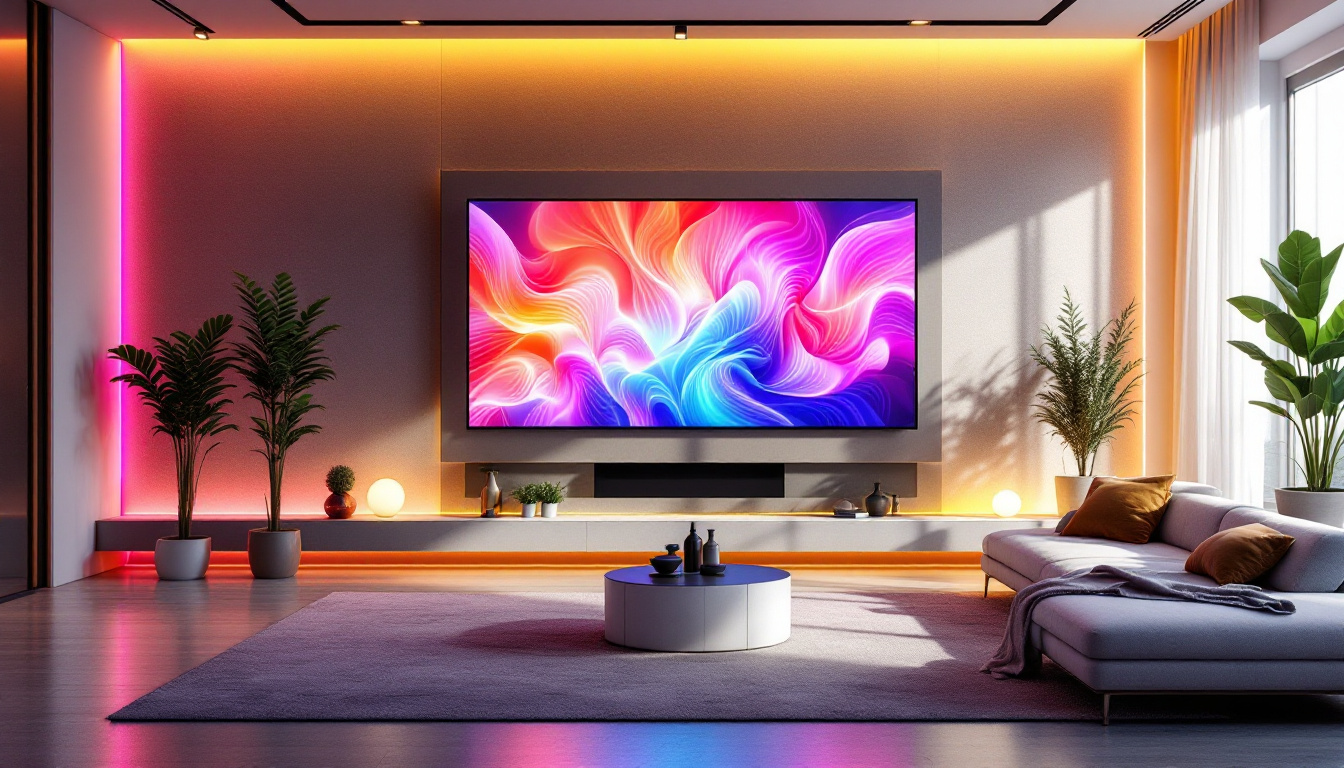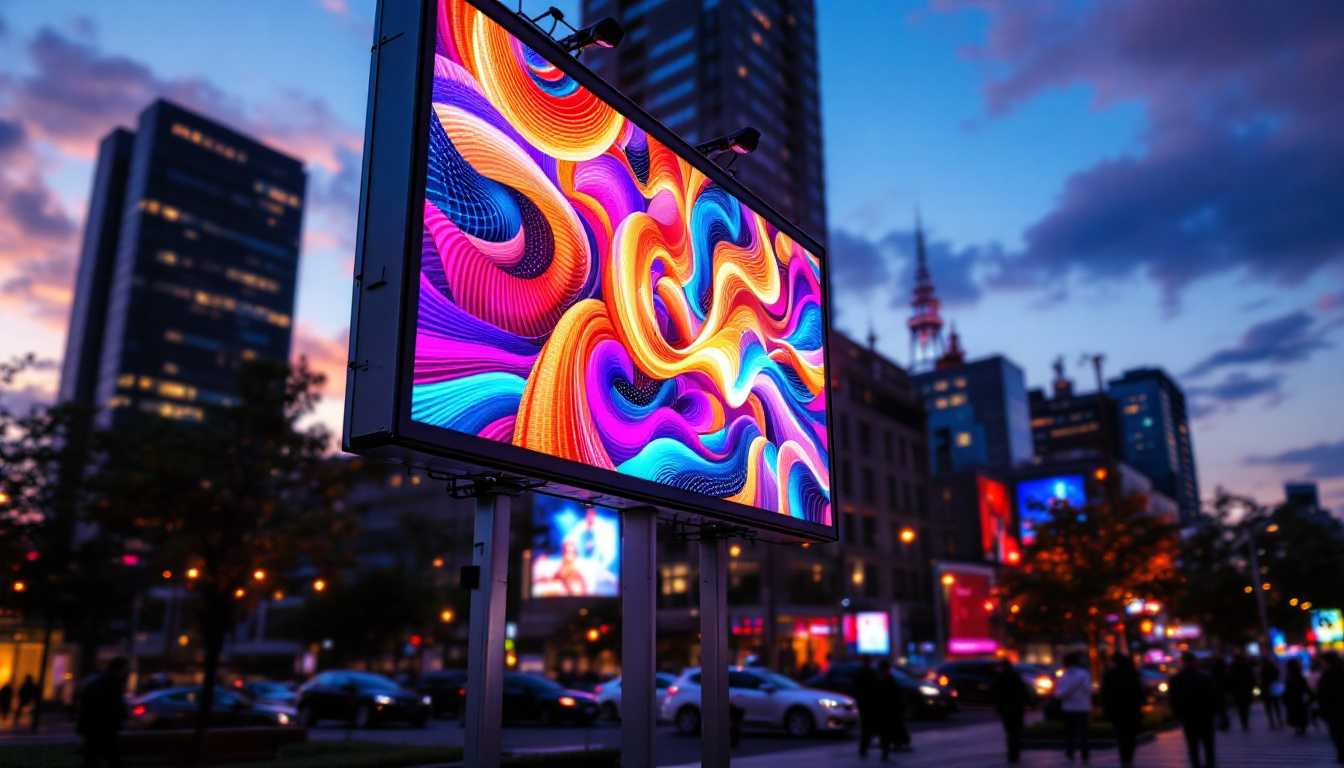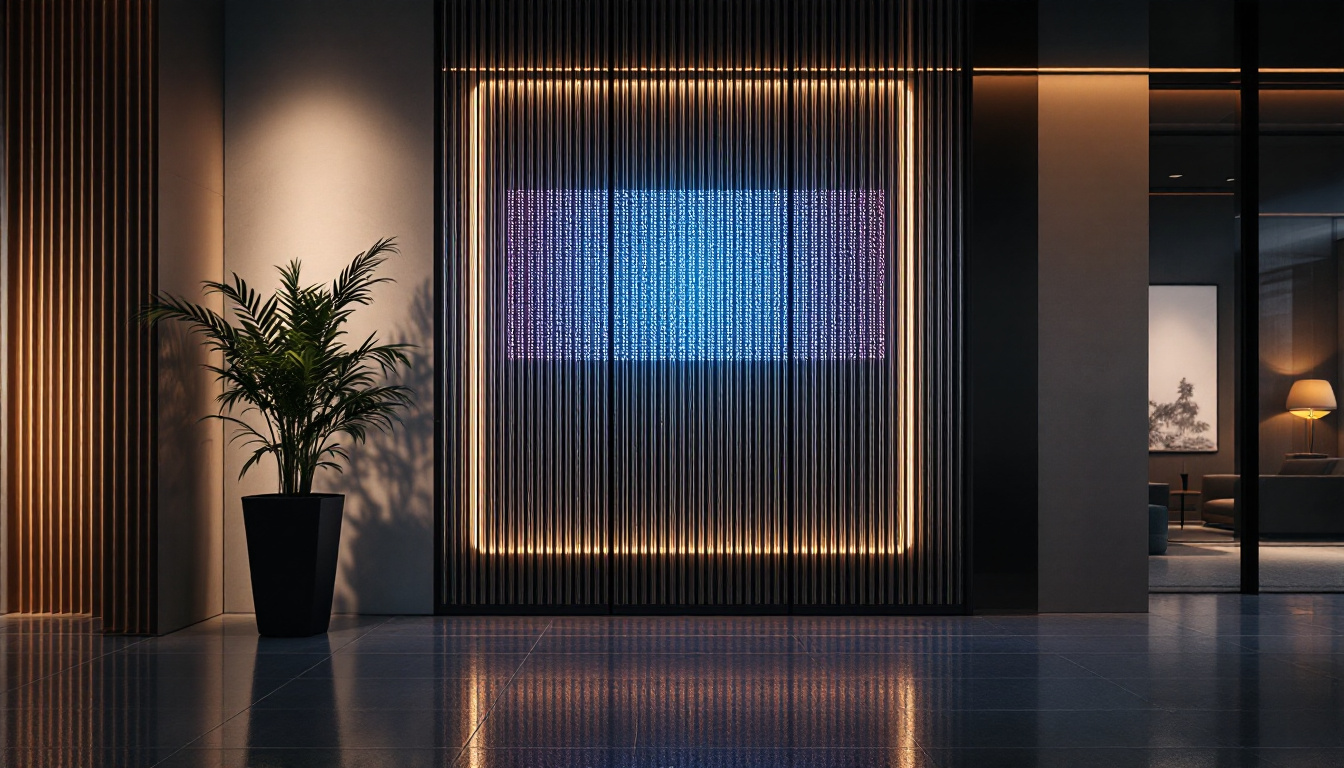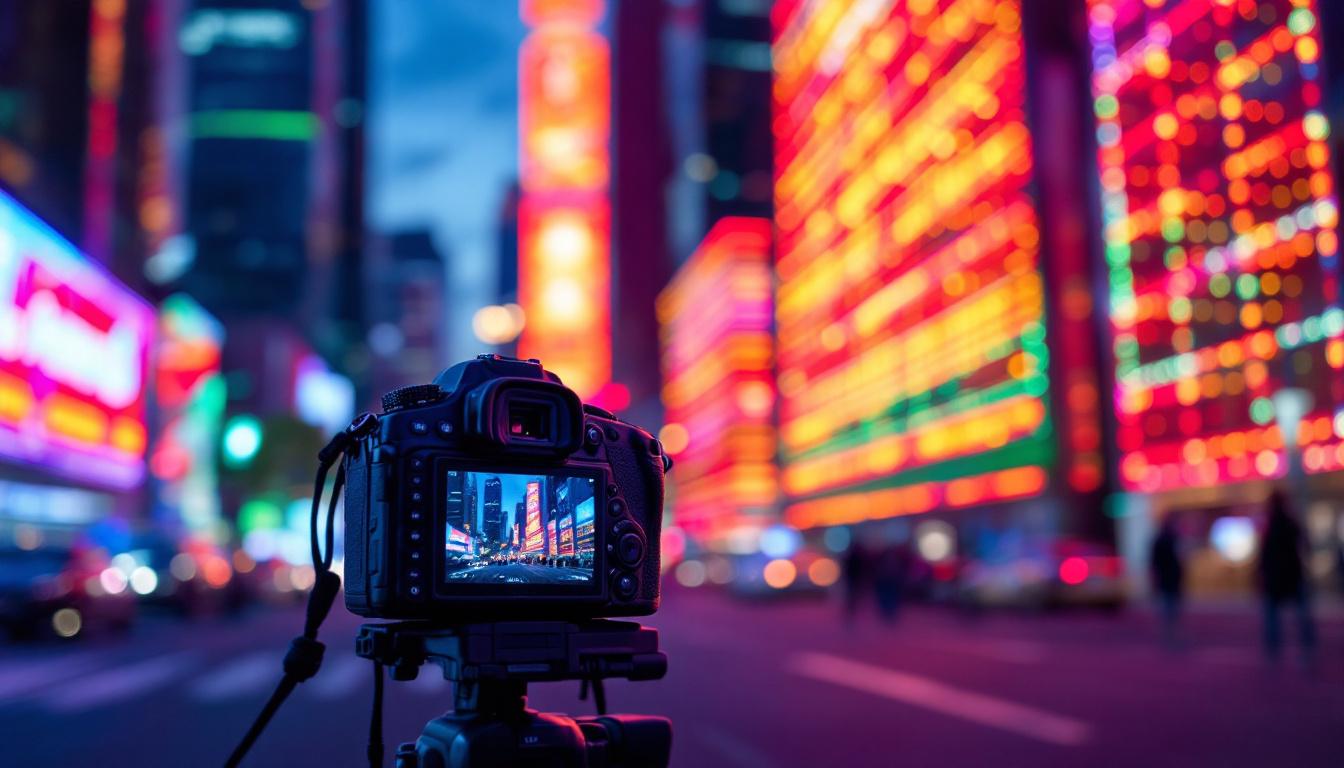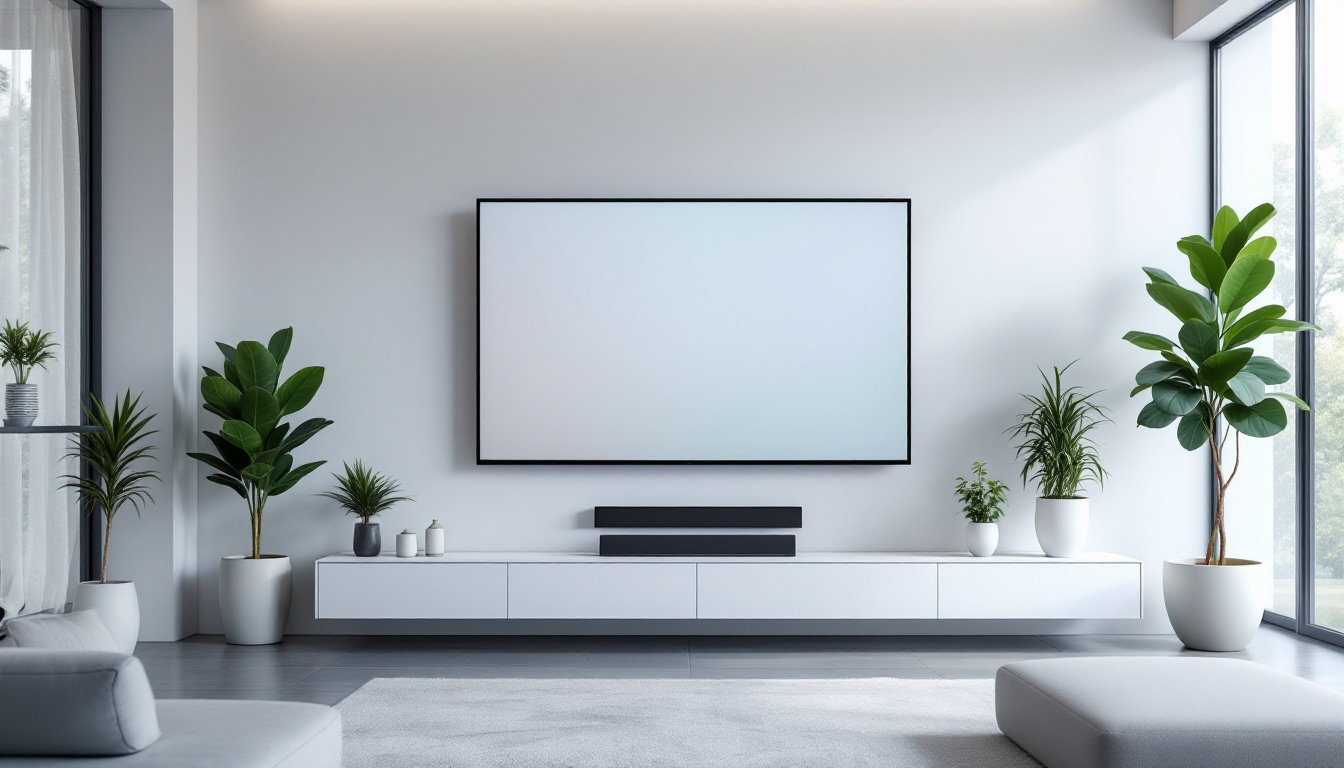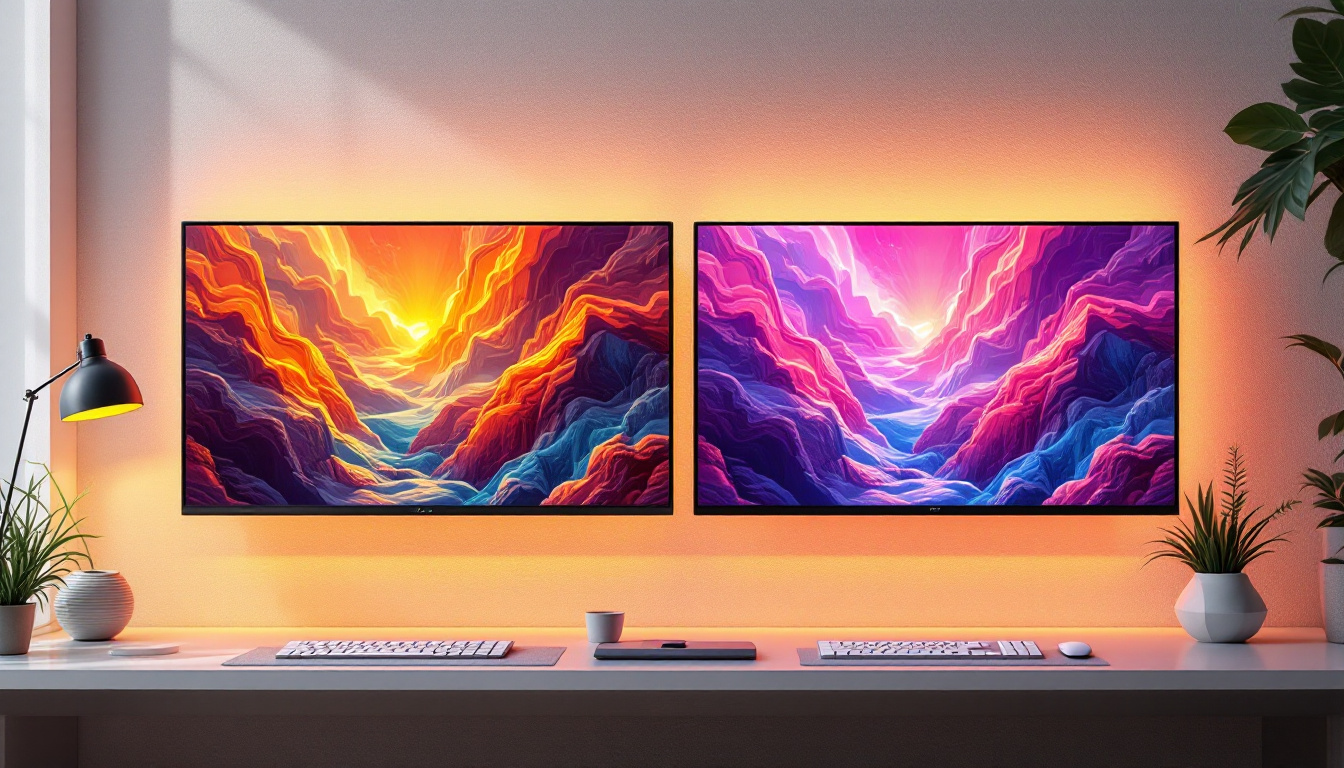In the rapidly evolving world of digital technology, LED displays have become a cornerstone for visual communication, advertising, and entertainment. From the vibrant billboards in Times Square to the sleek screens on smartphones, LED displays are everywhere. But what exactly makes these displays so versatile and effective? This article delves into the technical and practical aspects of LED displays, exploring their design, functionality, and the role of the CSS property display: -webkit-box; in web development. Whether you’re a tech enthusiast, a developer, or a business owner looking to understand LED technology better, this comprehensive guide will illuminate the subject with clarity and depth.
Understanding LED Displays: The Basics
LED, or Light Emitting Diode, displays utilize tiny semiconductor devices that emit light when an electric current passes through them. Unlike traditional LCDs, which rely on backlighting, LEDs produce their own light, resulting in brighter images, better contrast, and more energy efficiency.
The core advantage of LED technology lies in its ability to create vivid colors and dynamic images with high brightness levels, making it ideal for both indoor and outdoor applications. Modern LED displays come in various forms, including:
- Direct View LED Displays: These are composed of thousands of individual LEDs arranged in a matrix, commonly used for large-scale video walls and digital signage.
- LED-backlit LCDs: These use LEDs as a backlight source for LCD panels, enhancing color accuracy and energy savings.
- MicroLED Displays: An emerging technology that offers even higher resolution and brightness by using microscopic LEDs as individual pixels.
Why LED Displays Matter Today
The global LED display market has witnessed exponential growth, projected to reach over $25 billion by 2027, driven by increasing demand for digital signage, smart devices, and automotive displays. Their durability, scalability, and superior image quality make LED displays an indispensable part of modern communication infrastructure.
From stadiums showcasing live scores to retail stores engaging customers with dynamic promotions, LED displays have transformed how information is presented and consumed. Their adaptability to various environments and lighting conditions further cements their position as the display technology of choice.
Moreover, the versatility of LED displays extends beyond mere aesthetics. They are increasingly being integrated into architectural designs, providing not only functional lighting but also artistic expression. Buildings adorned with LED facades can create stunning visual effects that change with the time of day or season, enhancing urban landscapes and attracting tourists. This innovative use of technology is paving the way for smart cities, where information can be communicated seamlessly through interactive displays that respond to the needs of the public.
In addition, the environmental impact of LED displays is a significant consideration. With their lower energy consumption compared to traditional lighting solutions, LEDs contribute to reduced carbon footprints. Many manufacturers are now focusing on sustainable production methods and recyclable materials, aligning with global efforts to promote eco-friendly technologies. As businesses and consumers become more environmentally conscious, the demand for energy-efficient displays will likely continue to rise, further solidifying LED technology’s role in a sustainable future.
The Role of display: -webkit-box; in Web Development
While LED displays are hardware components, the way content is presented on screens, including those with LED technology, often depends on web technologies. One such CSS property that has influenced web layout designs is display: -webkit-box;. Understanding this property provides insight into how developers control the presentation of content, especially in legacy or webkit-based browsers.
What is display: -webkit-box;?
The display: -webkit-box; property is a non-standard, vendor-prefixed CSS value that was introduced by WebKit-based browsers (like early versions of Safari and Chrome) to implement a flexible box layout model before the official Flexbox specification was finalized.
This property allows developers to create flexible, multi-dimensional layouts where child elements can be arranged horizontally or vertically with control over alignment, spacing, and wrapping. It was an early attempt to simplify complex layouts that previously required cumbersome float or positioning techniques.
How Does It Work?
When an element is set to display: -webkit-box;, it behaves as a flexible container. Its child elements become flex items, which can be manipulated using additional WebKit-specific properties such as:
-webkit-box-orient:Defines the direction of the box (horizontal or vertical).-webkit-box-pack:Controls the alignment of child elements along the main axis.-webkit-box-align:Controls the alignment of child elements along the cross axis.
For example, setting -webkit-box-orient: vertical; arranges child elements in a column, while -webkit-box-pack: center; centers them along the main axis.
Why Is It Still Relevant?
Despite being largely replaced by the standardized Flexbox model (display: flex;), display: -webkit-box; remains relevant for supporting older browsers and legacy web applications. Some mobile browsers and embedded systems, including those used in certain LED display interfaces, may still rely on WebKit-specific properties for layout rendering.
Moreover, understanding this property is crucial for developers maintaining or optimizing websites that must function seamlessly across a wide range of devices, including those with embedded LED screens or proprietary browsers. This is particularly important in industries such as advertising and public information displays, where content must be adaptable to various screen sizes and orientations. As such, developers often need to implement fallback styles that utilize display: -webkit-box; to ensure that their designs remain functional and visually appealing across all platforms.
Additionally, the legacy of display: -webkit-box; serves as a reminder of the evolution of web standards and the importance of cross-browser compatibility. As web technologies continue to advance, understanding these older properties can provide valuable insights into the challenges faced by developers in the past. It also highlights the necessity of continuous learning and adaptation in the fast-paced world of web development, where new techniques and best practices are constantly emerging.
Integrating LED Displays with Web Technologies
Modern LED displays often serve as output devices for web-based content, especially in digital signage and interactive kiosks. This integration requires a harmonious blend of hardware capabilities and software design to deliver compelling visual experiences.
Challenges in Web Content for LED Displays
Designing web content for LED screens involves unique challenges:
- Resolution and Pixel Pitch: LED displays vary widely in pixel density. Content must be optimized to avoid pixelation or blurriness, especially on large outdoor screens.
- Brightness and Contrast: Outdoor LED displays require high brightness levels to combat sunlight glare, influencing color choices and contrast ratios in web design.
- Performance Constraints: Some LED display controllers run on embedded systems with limited processing power, necessitating lightweight web content.
- Browser Compatibility: Embedded browsers on LED display controllers may have limited support for modern CSS and JavaScript features, making properties like
display: -webkit-box;relevant.
Best Practices for Web Developers Targeting LED Displays
To create effective web content for LED displays, developers should consider the following:
- Use Responsive Design: Ensure layouts adapt to various screen sizes and pixel densities.
- Optimize for Performance: Minimize heavy scripts and large assets to ensure smooth rendering.
- Test on Actual Hardware: Whenever possible, preview content on the target LED display to identify and fix rendering issues.
- Fallbacks and Vendor Prefixes: Incorporate CSS fallbacks and vendor-prefixed properties like
display: -webkit-box;to maintain compatibility.
Case Studies: LED Displays and Web Layout Synergy
Examining real-world examples helps illustrate the interplay between LED display technology and web layout techniques.
Digital Billboards in Urban Environments
Large-scale digital billboards often use LED panels controlled by web-based content management systems. These systems rely on flexible layout models to dynamically update advertisements, news, and emergency alerts.
In some cases, legacy browsers embedded in the display controllers necessitate the use of display: -webkit-box; to achieve the desired layout without sacrificing compatibility. This approach ensures that content remains visually consistent despite hardware limitations.
Interactive LED Kiosks in Retail
Retail environments increasingly deploy interactive kiosks with LED touchscreens. These kiosks run web applications that must be both visually appealing and highly responsive.
Developers often employ modern CSS techniques alongside vendor-prefixed properties to balance cutting-edge design with broad device support. The use of display: -webkit-box; can help maintain layout integrity on kiosks powered by WebKit-based browsers embedded in the hardware.
The Future of LED Displays and Web Layouts
As LED technology advances, so too do the web standards and tools that drive content presentation. Emerging trends promise to further enhance the synergy between hardware and software.
MicroLED and Beyond
MicroLED displays, with their superior brightness, color accuracy, and energy efficiency, are poised to revolutionize screens from wearables to large-format displays. Their high resolution demands even more precise web content optimization.
Developers will need to leverage advanced CSS layout models, including Flexbox and Grid, while maintaining compatibility with legacy properties like display: -webkit-box; during transitional phases.
Progressive Web Apps (PWAs) on LED Devices
Progressive Web Apps offer a powerful way to deliver app-like experiences on LED display devices, combining offline capabilities, push notifications, and responsive design.
Ensuring that PWAs render correctly on diverse LED hardware requires a deep understanding of CSS layout properties and browser compatibility, underscoring the ongoing relevance of vendor-prefixed properties in certain contexts.
Enhanced Developer Tools and Frameworks
Modern development frameworks increasingly abstract away browser inconsistencies, but knowledge of foundational CSS properties remains essential. Tools that automatically add vendor prefixes help maintain support for properties like display: -webkit-box;, streamlining development for LED display applications.
Conclusion
LED displays represent a fusion of cutting-edge hardware and sophisticated software design. Their widespread adoption across industries underscores the importance of understanding both the physical technology and the web development techniques that bring content to life on these screens.
The CSS property display: -webkit-box;, while rooted in earlier web standards, continues to play a role in ensuring compatibility and flexible layouts on WebKit-based browsers, including those embedded in LED display systems. For developers and businesses alike, mastering the nuances of LED technology and associated web design principles is key to delivering impactful visual experiences.
As LED displays evolve, so will the tools and techniques used to create content for them. Staying informed about both hardware advancements and web standards will empower creators to harness the full potential of LED displays in the digital age.
Explore Cutting-Edge LED Display Solutions with LumenMatrix
Ready to elevate your visual communication with the latest in LED display technology? Discover LumenMatrix’s comprehensive range of LED display modules, from vibrant Indoor and Outdoor LED Wall Displays to dynamic Vehicle and Sports LED Displays. Whether you’re looking to captivate passersby with an LED Poster Display, engage fans with a Floor LED Display, or create a custom solution that perfectly fits your brand’s unique needs, LumenMatrix has you covered. Embrace the future of digital signage and create unforgettable visual experiences. Check out LumenMatrix LED Display Solutions today and see your vision come to life.


